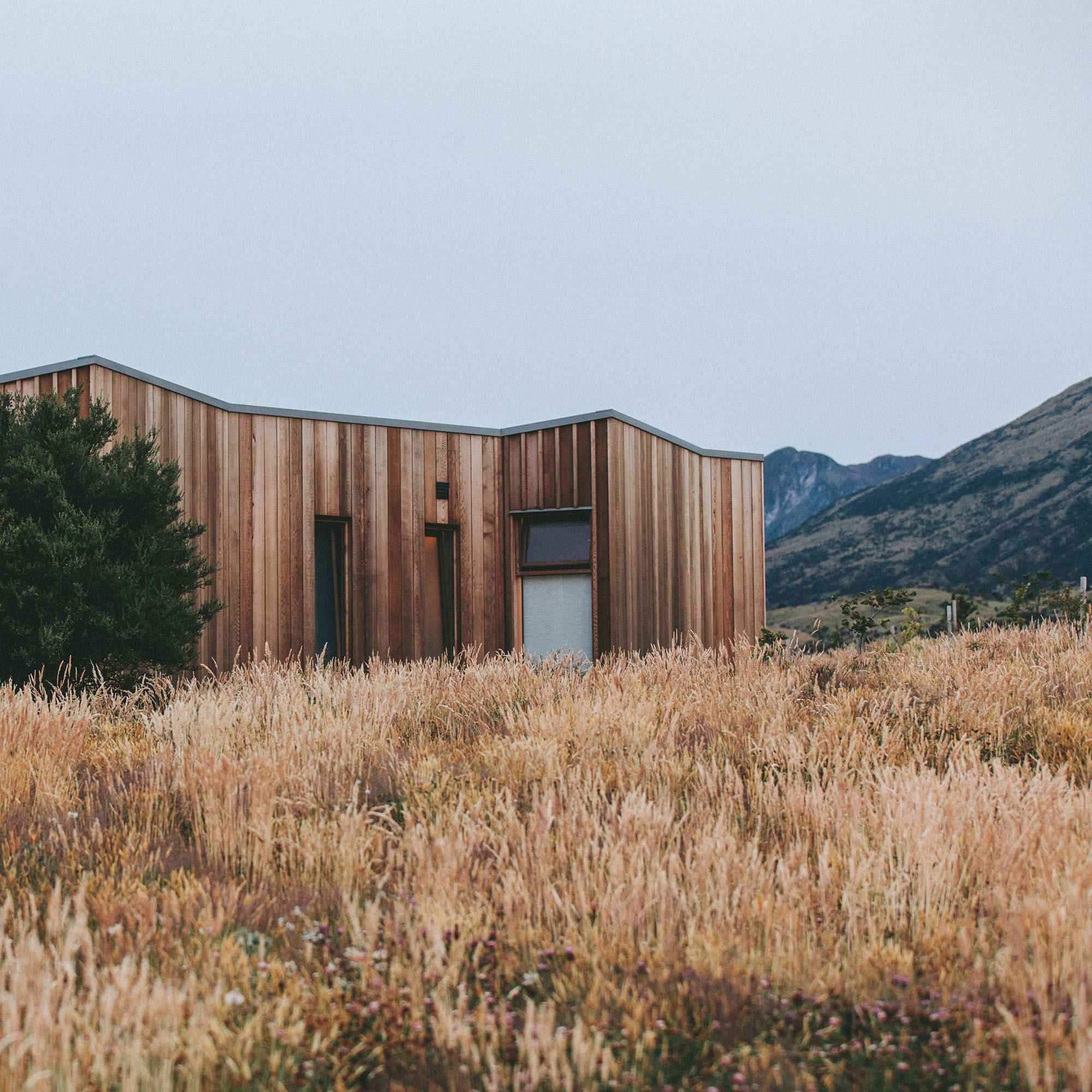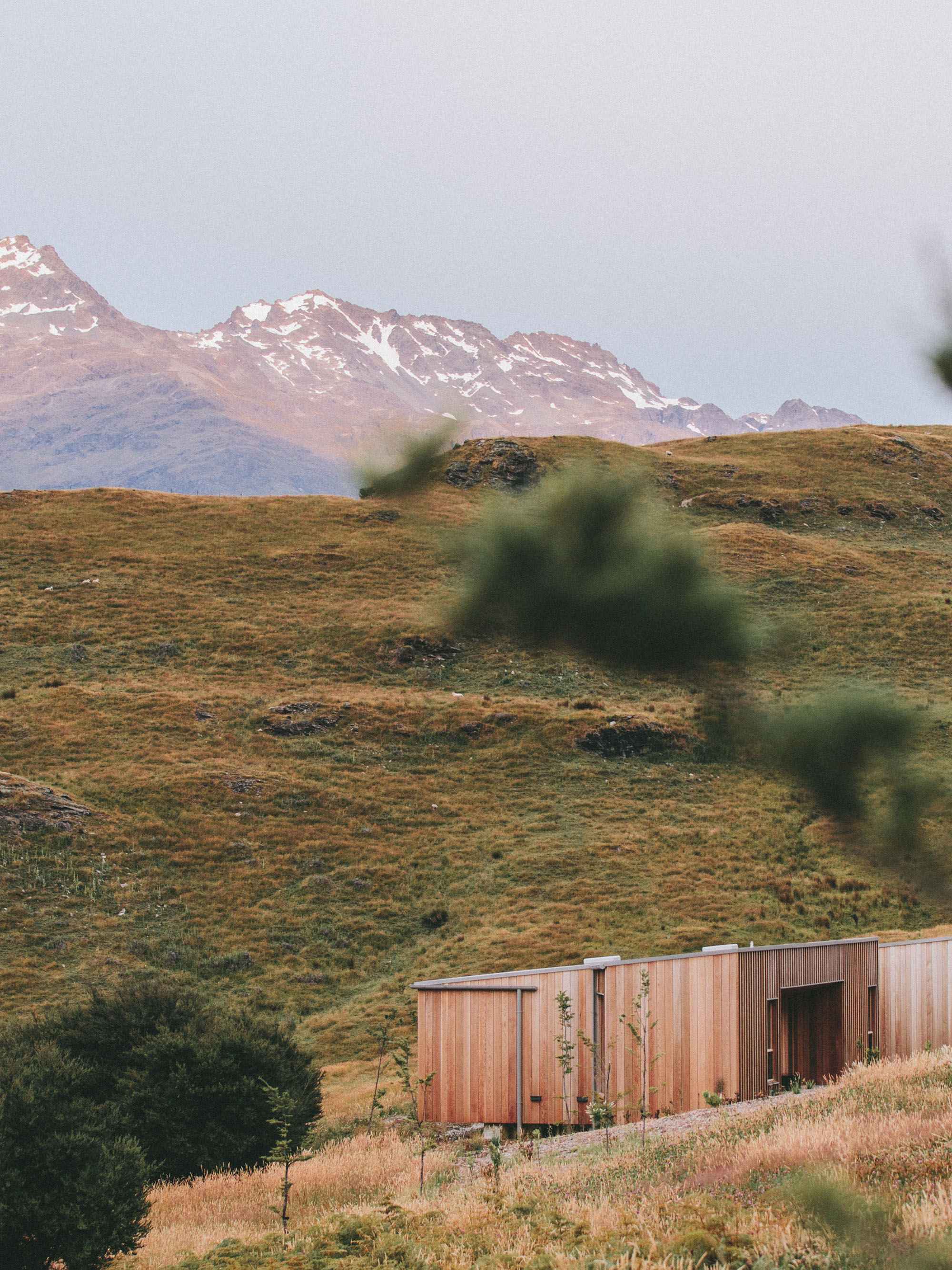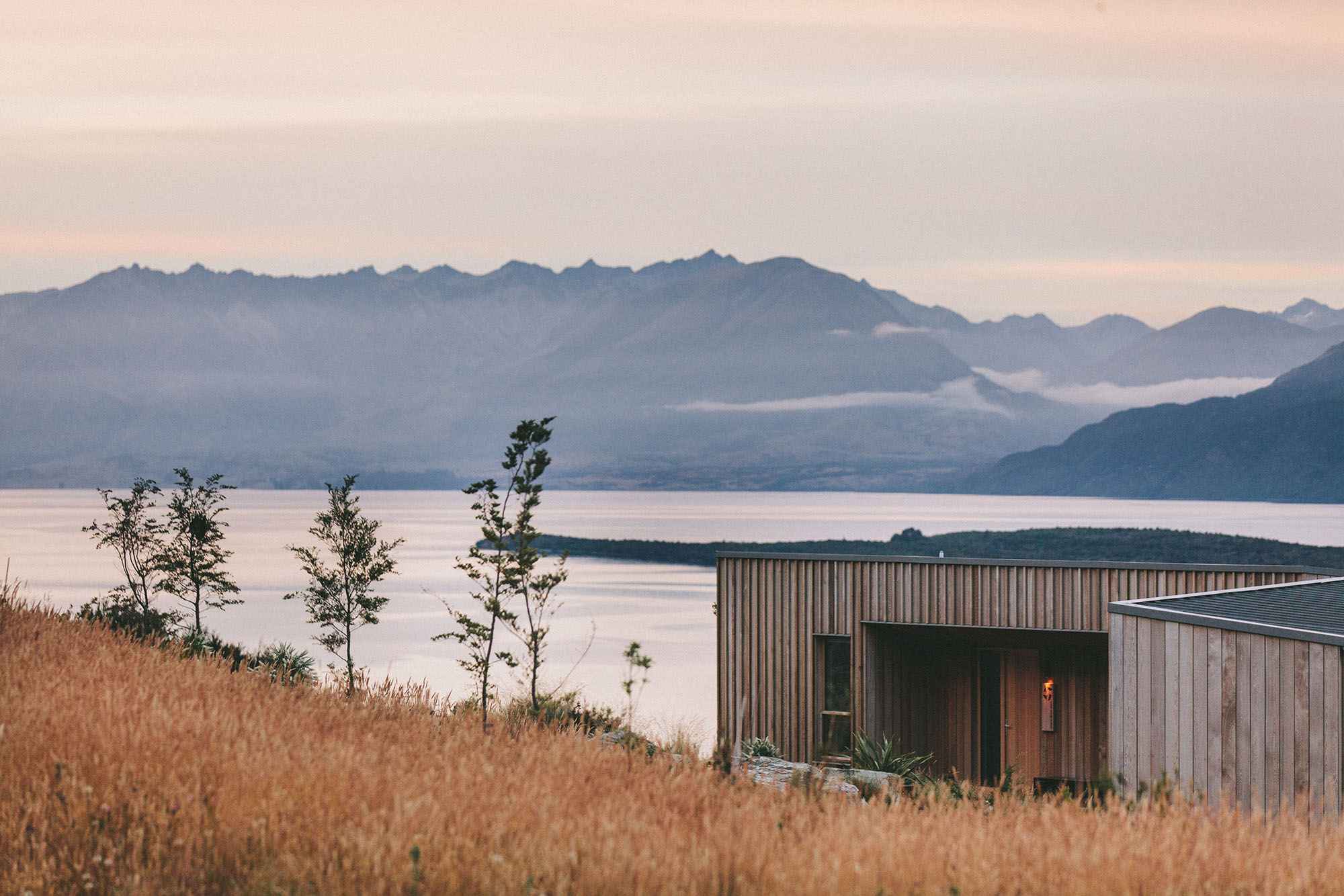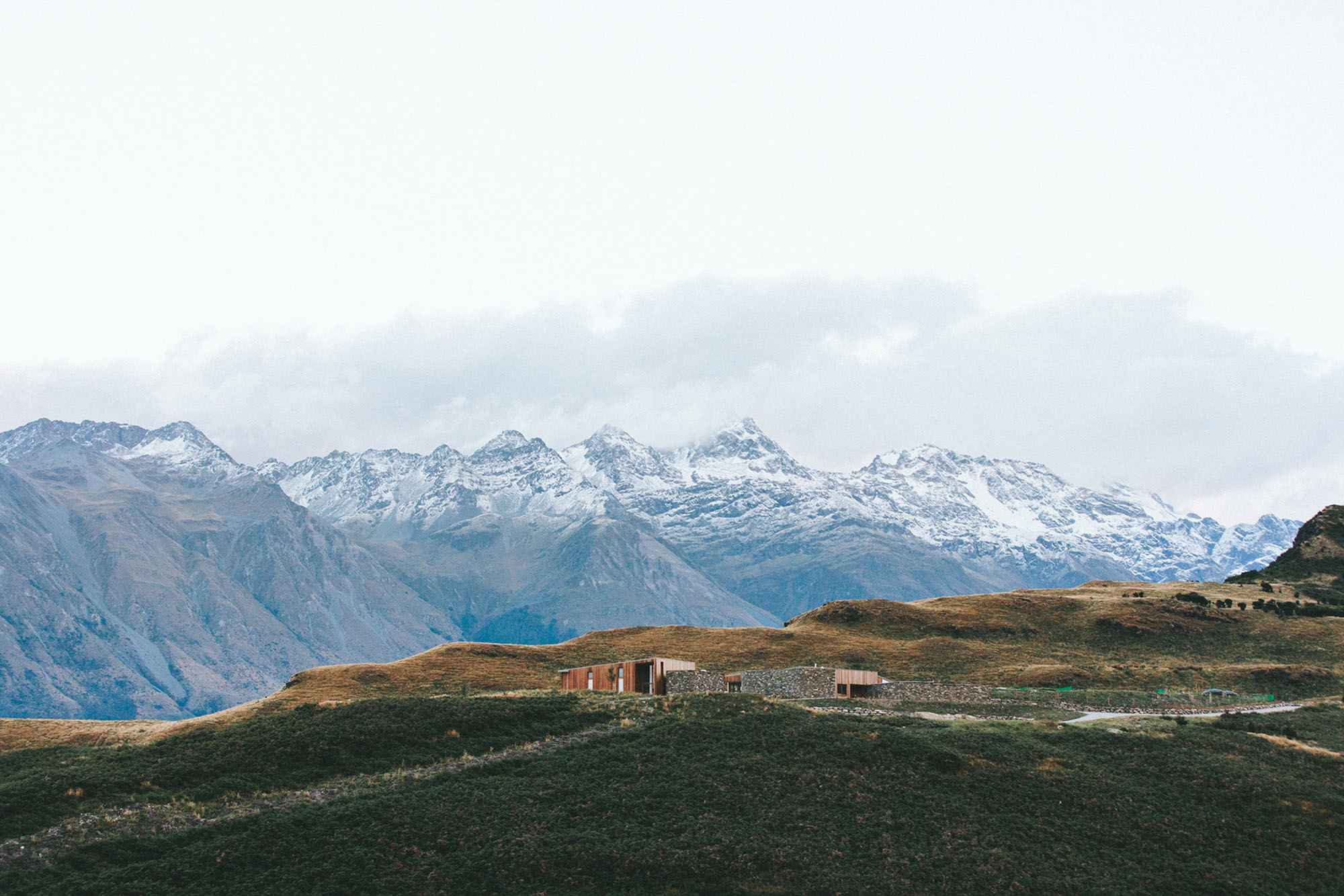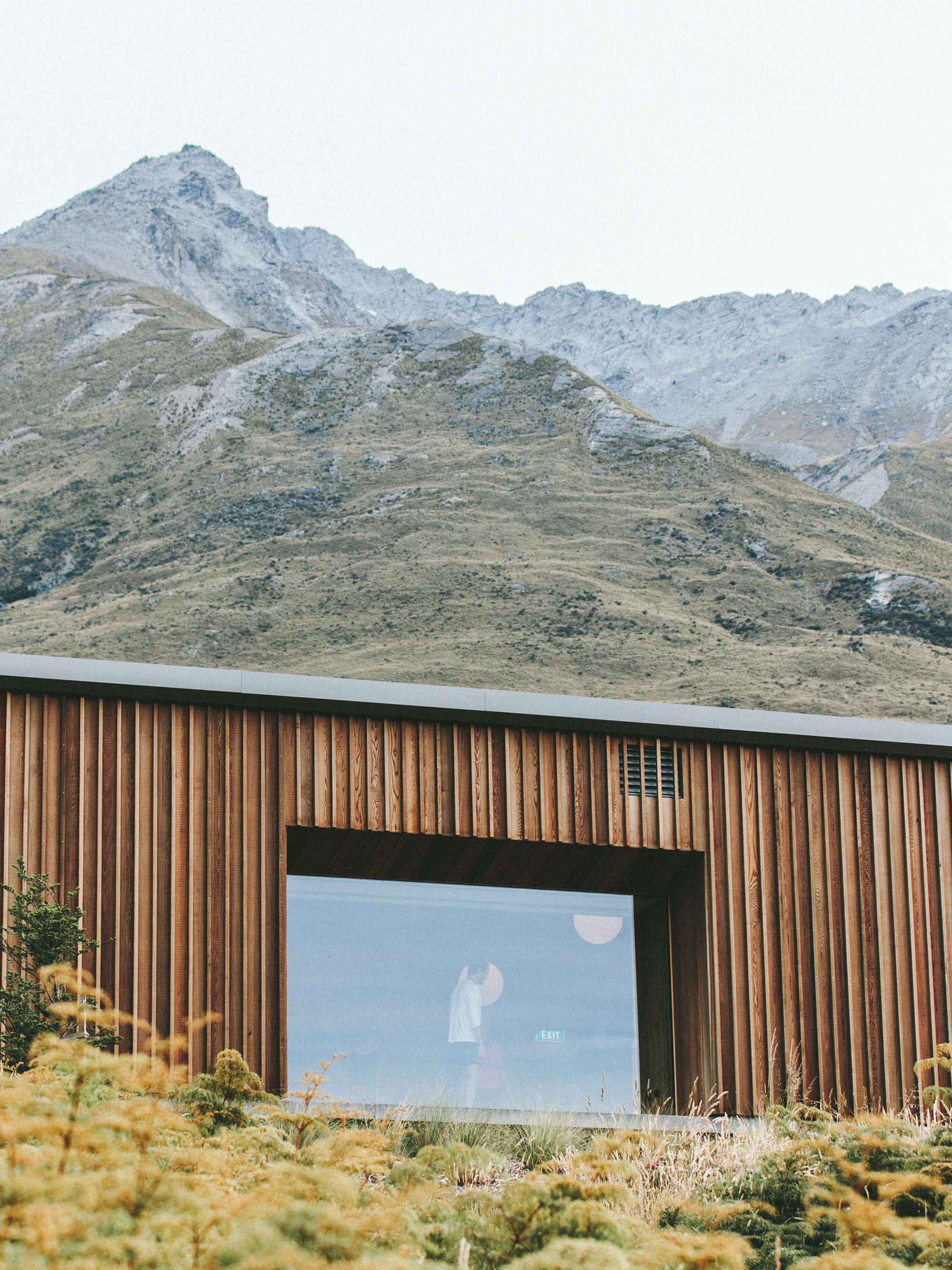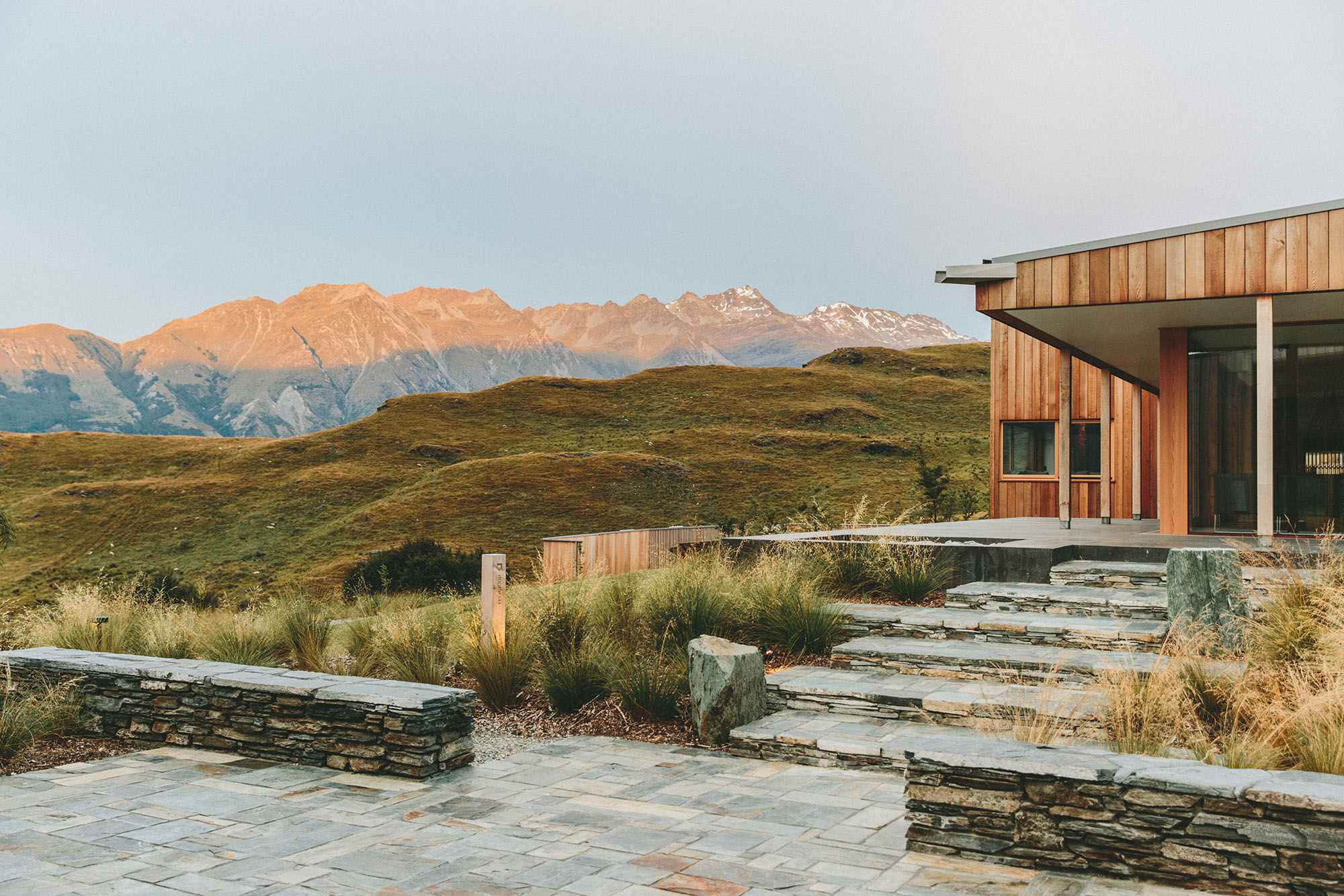The Importance of Site Analysis in Luxury Residential Architecture
Designing a luxury home goes beyond just creating something beautiful—it starts with the land. Site analysis in architecture is the first step in making sure the home works with its environment, not against it.
For luxury homes, where every detail matters, this process helps architects and homeowners make smart decisions from the layout to the materials. The goal is to create a space that feels perfectly in tune with its surroundings, offering comfort, privacy, and long-term value.
What is Site Analysis Architecture?
Site analysis in architecture is all about studying the land where a building will stand. It looks at everything from the climate and geography to local laws and infrastructure. Architects use this information to create visual diagrams that guide the design process, helping to shape the structure, layout, and materials used.
In luxury residential projects, site analysis guides critical decisions, from layout to materials, ensuring a home is perfectly in tune with its environment—a key focus for Van Voorhis Architects. Our team uses this analysis to design bespoke homes that embody our clients’ visions while respecting the site's unique characteristics.
For example, knowing the direction of sunlight or how a property fits into the local landscape can impact everything from the home’s orientation to its energy efficiency. The analysis sets the foundation for a home that’s not only beautiful and functional but also truly connected to its environment.
Why Is Site Analysis Important in Architectural Design?
As architects, we know that designing a luxury home goes far beyond crafting a beautiful space. The real foundation of our design lies in understanding the site itself. Site analysis is about more than just picking a location—it’s about seeing how the land will shape the design and how the design will work with its surroundings. It’s this early step that makes sure your project is not only visually stunning but also practical, sustainable, and well-integrated with its environment.
Here’s why it’s so important:
Design Optimization
Every great design starts with a deep understanding of the site. A detailed site analysis allows architects to optimize the layout from the outset by carefully considering factors like the land’s topography, sunlight, and wind direction. For instance, identifying a sweeping view or the path of the sun allows the architect to position the house and design its features to fully capture these elements. This process informs every detail, ensuring the home flows seamlessly with its surroundings.
Functionality is Considered
For a luxury home to be truly successful, it has to work well for the people who live in it. A site analysis lets architects figure out how to make the most of the land’s shape and flow. It helps us think about everything from privacy to traffic patterns on the property. For example, if the land slopes, the site analysis will show how best to use the terrain to create easy access between levels, avoiding any awkward or inconvenient spaces.
Risks Reduced
One of the most practical benefits of a site analysis is identifying potential risks before they become costly issues. By examining the land's soil, drainage, and flood potential, architects can address problems that might not be obvious at first glance. For instance, if the land is prone to flooding, the design can incorporate solutions to ensure the home is safe and secure.
Sustainability
Sustainability in luxury design isn’t just about reducing environmental impact - it’s about creating homes that are forward-thinking, efficient, and reflective of modern values. Site analysis is key to integrating sustainable practices seamlessly into the design process, ensuring the home works with, not against, its environment.
Here’s how sustainability enhances luxury residential design:
Strategically positioning the home reduces reliance on artificial heating, cooling, and lighting, cutting energy costs.
Using environmentally conscious materials not only benefits the planet but ensures long-term durability.
Features like solar panels, rainwater harvesting, and drought-resistant landscaping all may help the home perform better throughout the year
A sustainable home elevates luxury by blending timeless beauty with environmental responsibility. It ensures the home remains valuable, relevant, and admired for generations. Clients increasingly seek designs that reflect these principles, making sustainability a cornerstone of high-end architecture.
Follows Legal Compliance
Zoning laws, building codes, and regulations are a major consideration in any building project, but especially with luxury residential projects. A site analysis helps architects navigate this legal landscape and ensures your design complies with local codes from the start. Whether it's setbacks, height restrictions, or environmental regulations, the analysis is there so that the design meets all requirements, avoiding unnecessary delays and legal hurdles down the line.
Right Materials are Chosen
Choosing materials isn’t just about the look; it’s about choosing elements that will hold up over time and enhance the design. A site analysis gives us insight into which materials will work best in the local environment. For example, if the site is near the ocean, the architect ensures that materials are chosen to withstand salty air and moisture, maintaining durability and aesthetic appeal.
Property Value Increase
A home that’s built to fit its environment is one that people will love and value. When a design is thoughtfully adapted to the site, it’s not just another luxury property; it’s a true investment. A well-planned home, designed with privacy, sustainability, and durability in mind, will hold its value and appeal in the long run. And that’s something clients appreciate as much as the design itself.
How Do We Conduct an Architectural Site Analysis?
Now that we understand the importance of site analysis in crafting a luxury home, let’s dive into the initial pre-design process itself. Here’s our approach to conducting a comprehensive site analysis:
Research and Gather Data
The first step is to gather as much information as possible on the site. This includes both what’s currently there and the site’s historical background.
Look into site history to understand changes over time; use resources like local historical societies, archives, and city records.
Review documents and maps, such as zoning maps, property records, building plans, and blueprints, to understand layout and regulations; tools like Google Street View and 3D maps can provide recent visuals.
Conduct a physical site visit to measure dimensions, check accessibility, take photos, and note any noise or nearby transit.
During this phase, architects collect the following data:
Physical Data: Topography, reviewing existing structures, water features, and plants
Environmental Data: Climate, sun paths, wind, and potential risks
Legal Data: Zoning, building codes, and permits
Social and Cultural Data: Local demographics and cultural context
Infrastructure and Utilities: Roads, utilities, public transit
Aesthetic Data: Views and nearby architecture
Economic Data: Land values and local economy
At Van Voorhis Architects, our thorough approach to site analysis ensures every project is grounded in the site’s unique characteristics and potential.
Analysis
Once we gather all the details, we break them down to identify patterns that make sense for the project. This stage is like piecing together a puzzle: we examine how factors like sunlight, slope, and wind interact on the site. For example, we might notice that one side gets more sun, making it ideal for big windows or a garden, while a shaded area could work better as a cool, quiet space.
As we analyze this information, we always keep the client’s main goals in mind. We ask ourselves if the site’s characteristics support those goals. To clarify these ideas, we create simple sketches or diagrams that help blend the site’s natural features with the design vision.
Synthesis
Now, we pull everything together to create a clear plan. Not every detail we’ve gathered will be essential, so we focus on what matters most. For instance, an expansive view might guide where we place the main living spaces, while the sun’s path can guide how we shape the roof overhangs. We prioritize these critical insights to establish the main design parameters and give the project a strong foundation.
At this stage, the data we’ve collected begins to shape our decisions—from the orientation of the building to the materials we select. This is where the project takes form, grounded in the unique qualities of the site, creating a natural flow and deep connection to its surroundings.
Explore our gallery to see how we bring these elements together, creating homes that are both architecturally stunning and deeply connected to their surroundings.
Final Thoughts
A well-done site analysis transforms design from just an idea into something that feels genuinely rooted in its surroundings. It's more than gathering data; it's about uncovering the unique story of the land and weaving that story into each design choice.
At Van Voorhis Architects, we believe that when architecture embraces the character of its site, the result is more than just a building—it’s a space that feels intrinsically connected to its environment, creating a lasting, meaningful bond with the land itself. Contact us to get started on your project!



